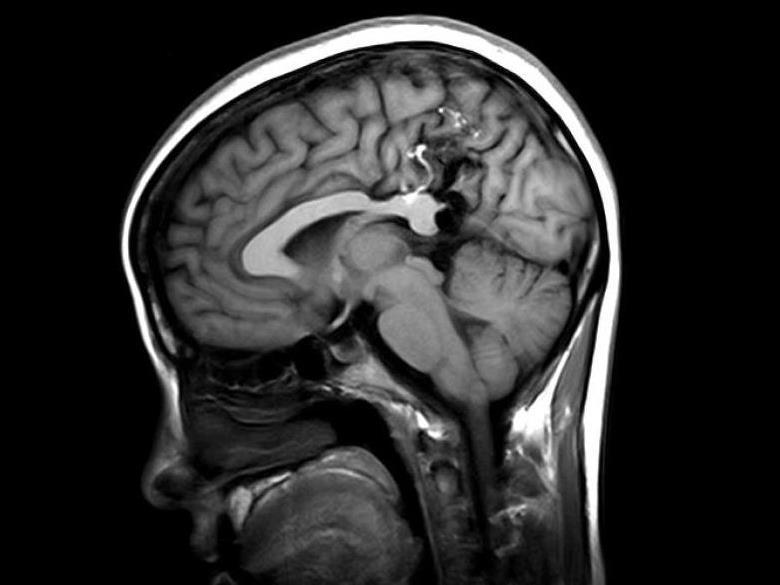X-Ray Angiography
Intra-arterial angiography combines excellent diagnostic output with the ability to immediate therapeutic intervention in a single procedure. It is the diagnostic and therapeutic tool of choice if the need for vascular intervention is indicated.
Digital Subtraction Angiography (DSA) is the gold standard¹ for evaluating intracranial and extracranial vessels (carotid arteries, vertebral arteries). If an anomaly like AVM or aneurysm is diagnosed, the interventional radiologist may perform embolization of the pathology.

CT Angiography
CTA is a rapid and non-invasive alternative to catheter based angiography for larger aneurysm and AVM. CT angiography (CTA) provides high-resolution images of intra- and extra-cranial, as well as cervical blood vessels. Together with the ability to localize and evaluate hemorrhagic brain areas, CTA allows for a quick and reliable identification of ruptured aneurysms. CTA enables a profound evaluation of brain circulation and differential analysis of vascular lesions.
Siemens assists you with latest CT scanner technology, imaging and analysis software, and highly efficient workflows to provide fast and evidence-based care to your stroke patients.

MR Angiography
State-of-the-art MR scanners allow for plain (non-contrast) or contrast-enhanced visualization of intra- and extra-cranial blood vessels, thus representing a non-invasive alternative to catheter based angiography. Smaller bleedings with slow flow, such as caused by cavernomas, might even be better visualized on susceptibility weighted imaging (SWI) than on conventional angiography. Siemens MAGNETOM MR scanners, imaging software, and streamlined workflows help you provide fast evidence-based diagnosis and immediate brain-saving therapy for your stroke patients even without the application of contrast agents.

